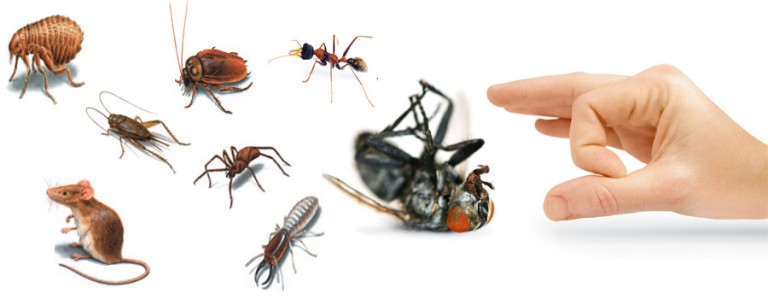Monthly Archives: March 2016

Safe Pest Control Tips
Pest control must be done with utmost consideration to safety; safety in terms of the plants, animals and humans. This holds especially true for those with vegetable and organic gardens.
The main purpose of growing vegetables organically will be defeated if they become tainted with pest control chemicals.
Here are a few long-term maintenance tips to make pest control less damaging and more environmentally friendly.
1. Use the physical pest control process.
This may be accomplished through picking grubs off by hand, creating barriers and traps and plugging holes. Snails can be found hiding in damp places under rocks and towrds the base of those plants with straplike foliage.
2. Apply biological pest control.
Encourage predatory insects such as green lacewings and dragonflies to feed on aphids and other pests that attack your plants. You can do this by placing a shallow bowl of water in the garden. Dragonflies especially will hover around water. Bacterial insecticides such as B. thuringiensis could also be used against caterpillars.
3. Only as a last resort should we turn to chemical pest control.
Organic pest control methods can be successful and the ingredients for many of the recipes can be found in the kitchen cupboards. If chemical sprays are really necessary, try and find the least-toxic. These include insecticidal soaps, horticultural oils, dehydrating dusts, etc.
4. Consider the use of safer pest control substitutes.
Recipes for alternative pest control include the following:
Against Green Aphids and Mites – Mix 1 tablespoon of liquid soap and a cup of vegetable oil. Dilute a teaspoon of this solution in a cup of water and spray on aphids and mites.
Against Cockroaches – Dusts of boric acid can be applied to cracks or entry points of these insects. Bay leaves on pantry shelves could also help in warding off these critters.
Make sure that the chemicals you use are made specifically for the insects you are targeting.

The Proper Furnace Cleaning Procedure
It is important to ensure that your furnace is regularly cleaned by a trusted cleaning company. One of the advantages for ensuring proper cleaning of the unit is the fact that it allows it to work effectively. It is advisable that you clean the furnace once yearly and this should be done prior to using it during the cold season. As a matter of fact, furnace cleaning is an activity you can carry out yourself.
However, it is a very time consuming activity yet you may have a lot of other commitments to attend to. The top solution doesn’t lie in you doing some shoddy work! Furnace cleaning is a job that must be done properly and correctly. As the home owner, it would be of great assistance to seek out the services of a service provider with a remarkable track record, experience and expertise in the furnace cleaning field. There are a number of steps to be adhered to towards achieving ultimate cleanliness:
The Outside of the Furnace Must Be Wiped Down
It is critical for you to ensure that you turn off the furnace first before going ahead to do anything. A water-dampened cloth can effectively help wipe down residue, dust or any other kind of dirt on the outer surface of the furnace. This is pretty simple and is something that you can commit yourself to do regularly since it helps prevent air grates clogging with dust and dirt.
Remove the Filter and Then Tidy up the Filter Housing Area
It is proper to either replace or clean the filters regularly. For deep cleaning, it is crucial to remove the filter before proceeding to clean the housing unit. The suction hose of a vacuum cleaner helps to effectively suction out all excessive dirt and dust clogging on the tiny spaces of the filter.
Clean the Fan and Blower Unit
This part of the furnace cleaning process is more time consuming compared to the rest. However, it is necessary that you do all you can to ensure that the fan and blower unit is cleaned to perfection. Dust, dirt and residue are usually found clogged on the blades and they cause the system to use more energy than is normally required to carry out the various operations. A compressor blowing air can help eliminate the dust and residue on the blades.
Cleaning and Oiling the Belts
The suction hose on a vacuum can help deal with the dirt and dust on the surface of the belts. If you feel that this process hasn’t given you the high end results you need then you can choose to use a lightly-dampened soft cloth to wipe away any dust or dirt left on the belts. Once the inside is properly cleaned, the various pulleys and gears can be oiled using a furnace lubricant.
Reassembly
Finally everything is clean to perfection levels. It is now time to place back the blower unit and the fan into the unit. Everything needs to be tightened back into place the housing spaces need must be fitted with new filters after which the whole system can be powered back on.